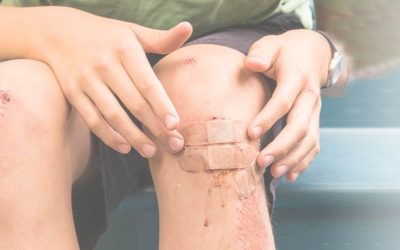How Do We Close A Wound And Improve Wound Healing?
In the Emergency Department everyday we close wounds. Cuts and scrapes and puncture wounds are a typical presentation in the department. How do we go about closing these wounds? There are so many options. Here is how we decide:
Bandage
These you can apply at home. They are best for superficial, uncomplicated cuts
Steri strips
We often use these in the office or emergency department. Like bandages they keep the wound covered while providing a bit more tensile strength to the laceration.
Stitches/sutures
These are commonly used to keep the wound closed if it is big or deep or has jagged edges. Some fall out on their own and others need to be removed.
Glue
A new favorite in the clinic and emergency room. Glue is easier and faster to apply than stitches, but not as strong. Great for well opposed lacerations that aren’t too deep or under lots of pressure (like the knee or finger). Glue does not need to be removed by a doctor and will begin to flake off on its own after 5-7 days. Do not apply creams or ointments to the glue, as it will make it come off sooner.
Staples
Least common, but great for scalp lacerations that are under lots of pressure. Usually we only have to apply one or two, and this avoids having to place lots of stitches. Not as pretty as stitches cosmetically but who is looking at your scalp anyway?
Non-absorbable stitches
If your doc places non-absorbable stitches, you will have to have them removed in 5-14 days, depending on the location of the wound.
Face: 5-7 days
High-tension areas – like the knees, fingers and elbows – 10- 14 days depending on the wound
Other areas – 7-10 days
Make sure you find out when to have them removed. Removing them at the optimal time leads to better wound healing.
Usually removing stitches is a fast and painful process that only requires some tiny scissors and a pair of tweezers. Many physicians can do this in the office.
Check this out for more on playground safety and how to prevent injuries.










